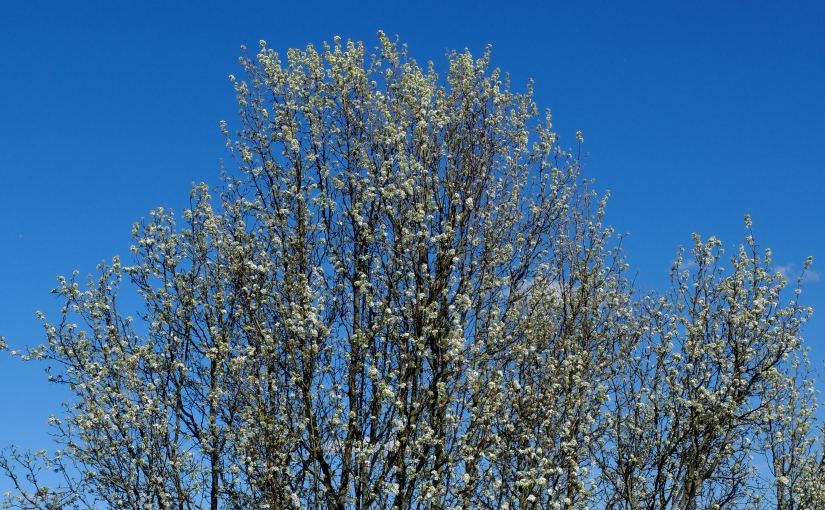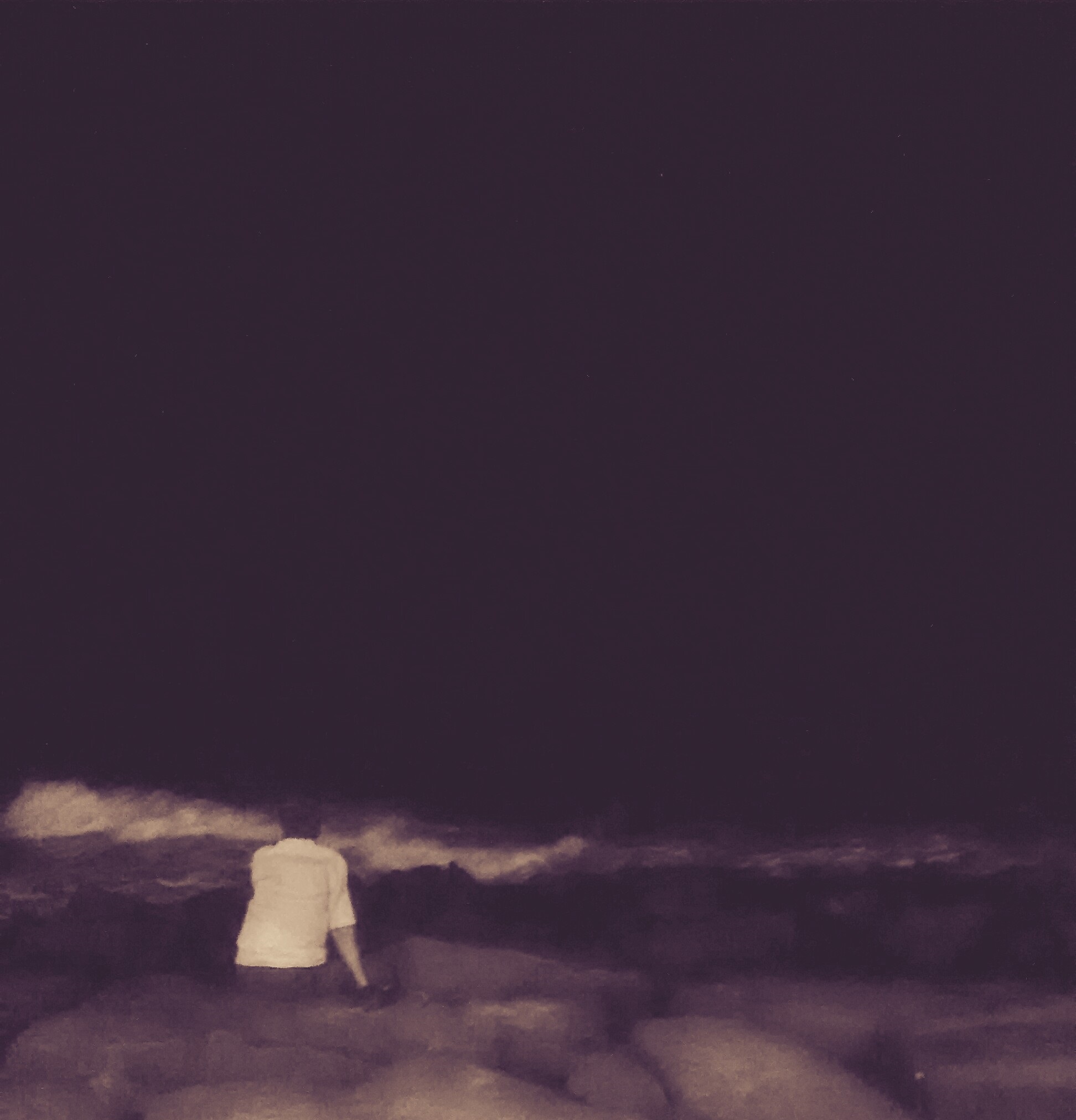Looking at the tree in my backyard yet again, I tried to guess its name but unfortunately I am no arborist – for me it is a tree of medium height which blossoms with white flowers in spring and glows bright red before bursting naked into leaves towards the end of fall. Maybe it is the lockdown, but I fully recognize that I am obsessed with this tree. This is a being I look at first thing in the morning everyday, and I take its pictures at random in different weather and seasons. This is much more serious a case than the mango tree I grew up in front of.
I look at trees as beings of a superior intelligence. Describe it however you may but, for me, intelligence is nothing but efficiency. A humanist might say things like, “But we have satellites and nukes, we have the internet making the electrons dance for our entertainment – how can you say that trees are more intelligent than us?” I ask in return, “All of this is impressive, but what is it for?” We are solving these complex problems for nothing but our survival in the most efficient manner possible, and we are far from getting there. That, while these ancient beings have perfected survival in the leanest way, without the extra paths and layers of abstractions, and we don’t even know much about them despite their simplicity. Yes, we can cut and burn down forests at the greatest rates possible but that is no efficiency when it comes to our survival. Also, these beings exist for many human lifetimes with ecosystems they set in place and sustain.
The effects of Gleick’s Chaos were still fresh in my mind, maybe riding the summer along in that mood was what left a deep imprint, but all I can say is that my outlook towards order and disorder will never be the same. I am as much a mathematician as I am an arborist, so I will just write whatever comes to my mind as I glance at this entity which stands slightly off center in my backyard (It stands at a very visually harmonious point and I am certain it has something to do with the golden ratio, but I would not pursue this further). The idea comes from branches of this tree, which grow differently on its different sides, most probably because of the sun’s path. On one end they scatter and spread out at random whereas on the other they rise vertically, clustered together but never crossing each other, almost like bristles of a toothbrush.
The algorithm taking care of this truly must be magnificent, and it would have worked as effectively for the thousand different places where this same tree could have grown. Every morning as I look at this tree while finishing my first cup of coffee of the day, I see new patterns in it no different than the ones left at the bottom of my cup by the grounds in my last careful sip. I think the only other entities which place importance on this tree are the two squirrels that fool about on it.
We can consider trees to be a mathematical function, like all living things, in a dynamic equilibrium. They could, however, be treated as the best examples of a living function since they are static in position all their lives. Once an organism can be held down in space for its entire lifetime, a lot of additional variables can be avoided. I am certain that such a function for a tree would still be simpler than that of an amoeba. Some of the key variables this function consumes are the wind, water, sunlight, gravitational force, soil nutrients and temperature – the basic determinants of the state of the environment and the world, especially the volume specifically local to the tree. The tree is not just a living function which just consumes these variables but it influences these variables in return as well. Without going into the details, one can safely call the tree a physical and live data visualization of all these factors impressed on that given volume of space in the world. Thus, the tree is the best codification and representation of the environmental factors put upon a volume on earth. It is just that we have a limited knowledge about which factor or measurement points to which facet of the environment. I think our study of trees has been just that, trying to find those relations – but hopefully we should not get caught in the relations we make to the intermediary factors instead of the bigger scale phenomenon.
Destin from Smarter Every Day mentions how a tree vibrated form the trunk along two perpendicular planes still shows oscillations at its top-end branches along the same plane – this definitely has something to do with the cancelling effects of the oscillations and their dispersal in the ‘chaotic’ system which the branches are. It must be mentioned that the branches are themselves the result of the wind gusts the tree experiences throughout its lifetime – to know how this oscillating plane of the end branch relates to the average historical wind direction would be an interesting study to undertake.
Trees are at the intersection of the world and the measuring tools that we use to understand and predict it. Or, they can also be considered to be the measuring instruments which we have not yet fully learned to use. They are a physical data representation of complex systems which our supercomputers will never be able to accurately model – and maybe, we never should try to sweat over knowing these complex indeterministic systems at all but just work with the simplified data a tree can provide. I also see the future weather forecast stations to have networks of tree farms being measured and monitored across the world.
Data coded in morphology is long known of, I assume; but looking at the organism itself as the visualization of the external factors might require more exploration – it is like reading the lines on someone’s palm to predict the weather. All we have to do now is to learn how to read nature and its brilliant visualization tools. This is something we, as humans, have done since our very beginning but I feel our tech saturated present has led us astray from that path.

